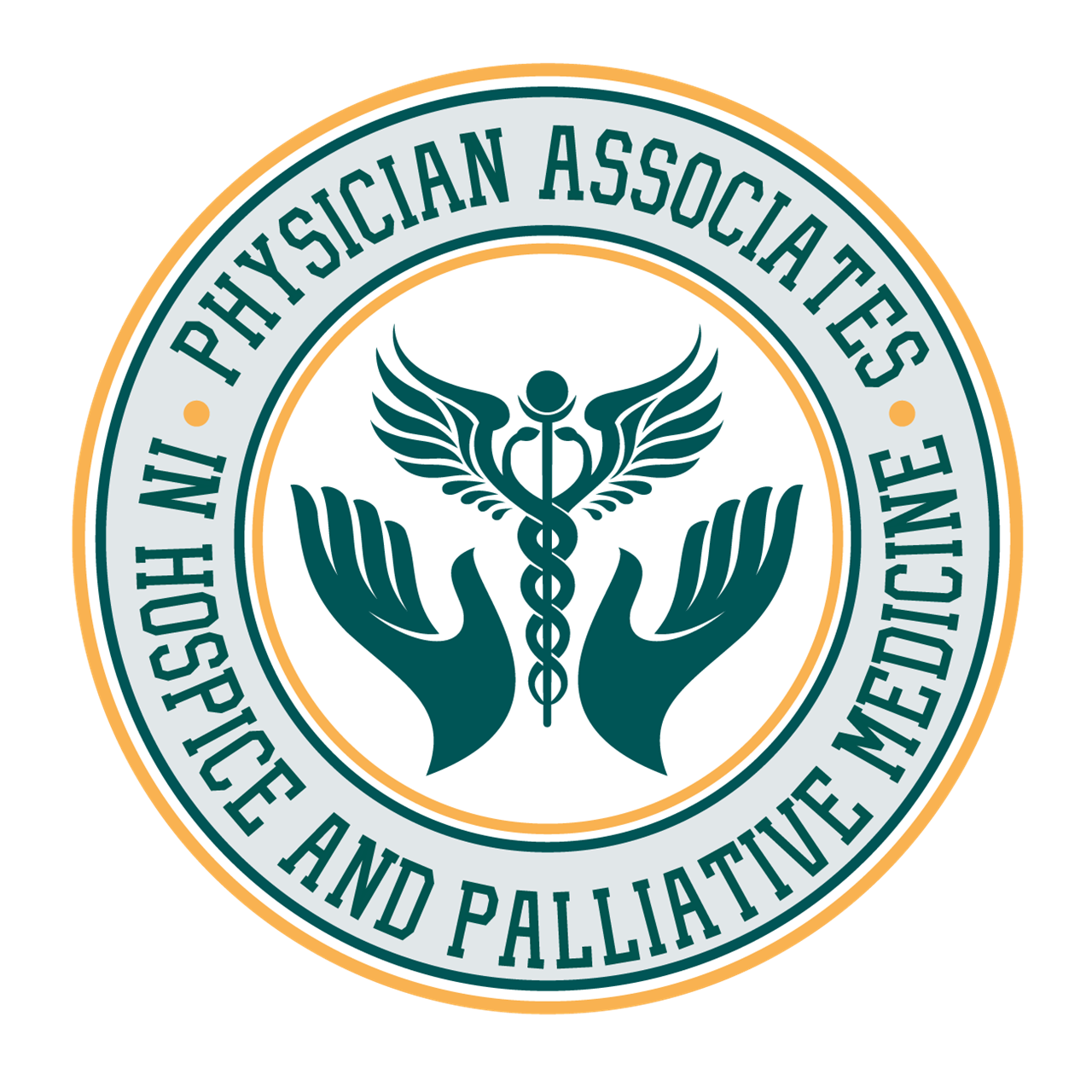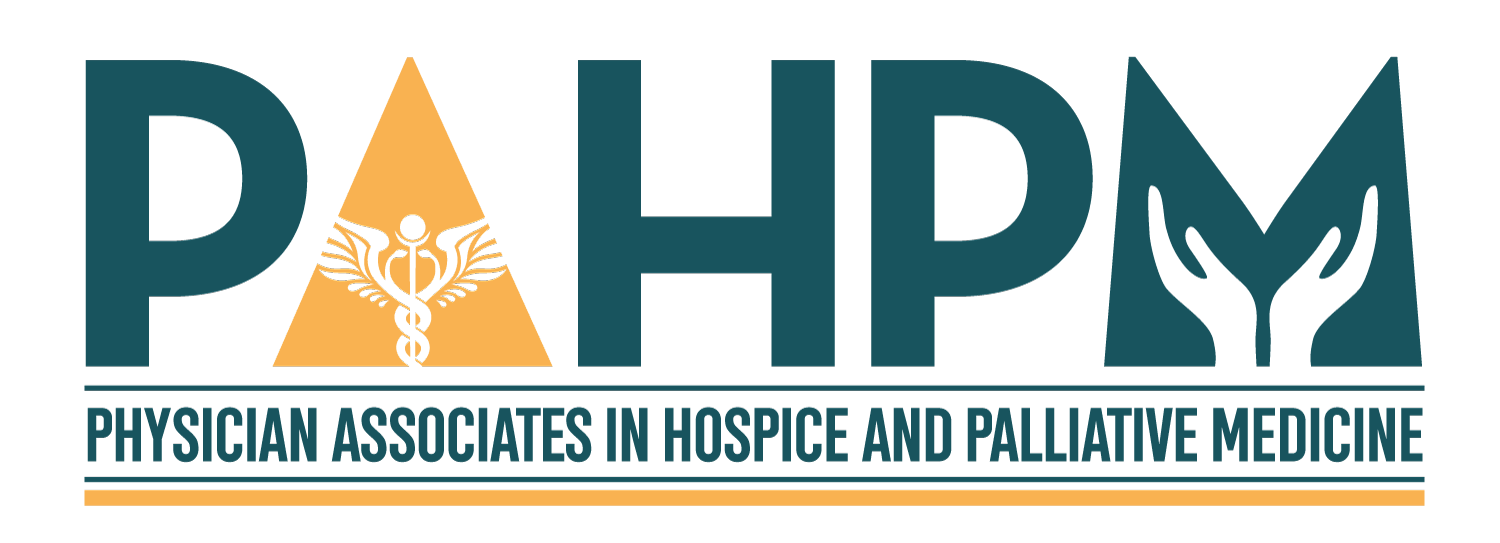Do you want to know what PAs do in Palliative Medicine/Care? Start Here
Click Here to download the AAPA Issue Brief on Specialty Practice for PAs in Palliative Care.
FAQs:
- What role do PAs play in palliative care?
- Can PAs see patients on hospice?
- Can PAs bill to see palliative care and hospice patients?
What does this mean? Bottomline, starting in 2019, PAs will be able to refer their patient's to hospice and remain the attending hospice provider for their patients--a big win for those of us that have had to traditionally hand-off our long time primary care patients to a supervising physician or hospice medical director to follow on hospice. We will be able to follow care, place orders, and bill for patients for whom we are designated as the patient's elected hospice attending. CMS also made note that PAs are part of the interdisciplinary group (IDG) stating, the attending physician, which could include an NOP or PA, does, in fact, play an essential role int he function of the IGD."
One change that was not made was the wording for who can certify terminal illnesses. This still will fall to our physician colleagues with hospice. The law as written, also did not allow PAs to be included as those that can do face-to-face visits during the recertification periods on hospice as our advance practice nurse colleagues currently can with approval from a physician.
More work to do!
Short answer--YES! PAs have been and continue to be reimbursed in both the inpatient and outpatient setting for palliative care, and as noted above, will be able to bill for their patient's for whom they are the elected hospice attending.Every palliative care team is different, but all PAs can see palliative patients on their own and bill for their services rendered. Some of our members see patients jointly with other members of their interdisciplinary team on every visit, while others sometimes see alone and discuss as a team. However, PAs are recognized as billing providers in both inpatient and outpatient settings.
Other Links

